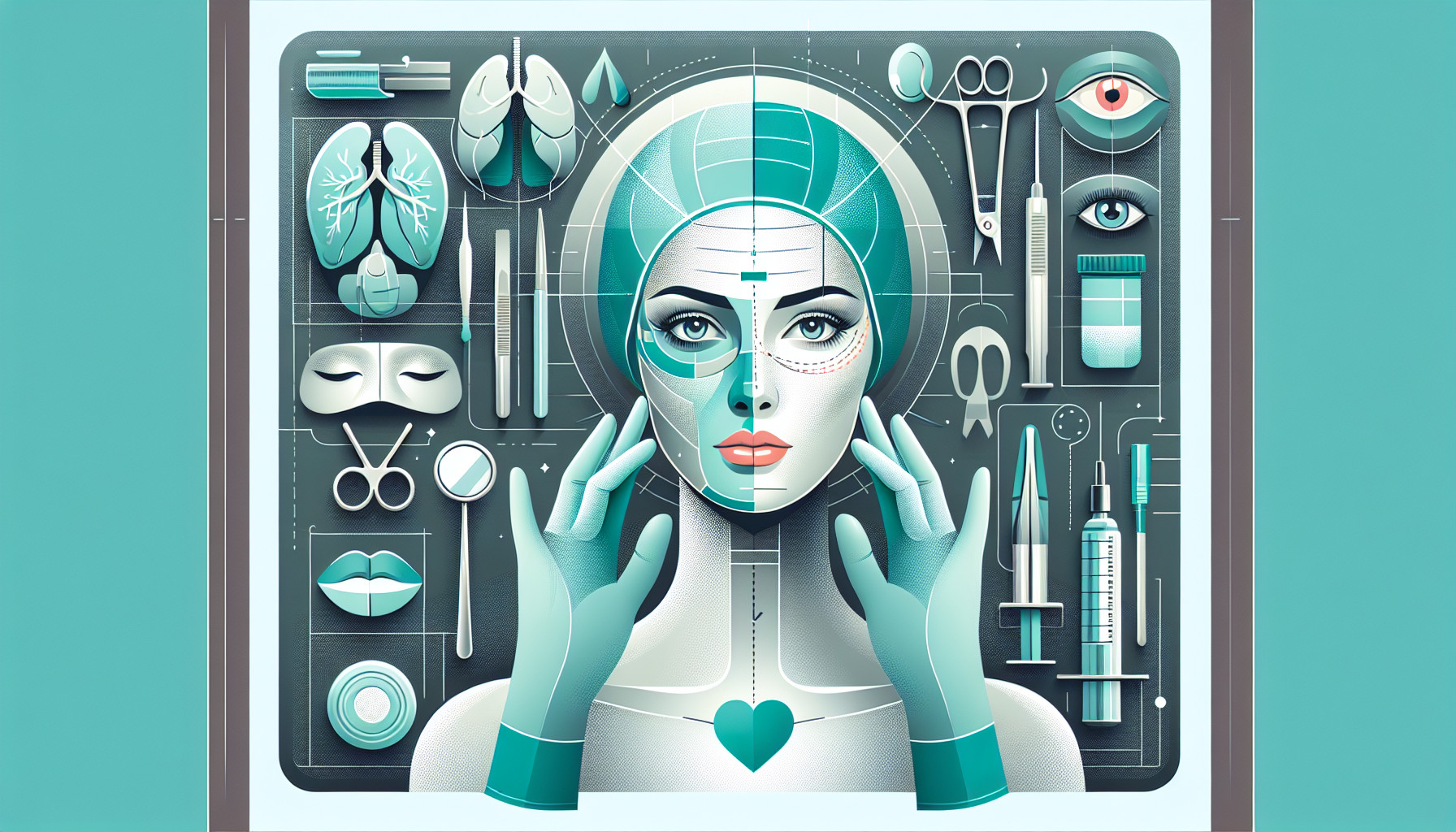Our Summary
This research paper discusses the complexities and challenges involved in performing lower eyelid surgery, known as lower lid blepharoplasty. The procedure requires a deep understanding of the intricate structures around the eye and the ability to adapt to different patient conditions. The paper covers the careful clinical evaluation, diagnostic methods, and surgical techniques needed to handle difficult situations involving the lower eyelid and the areas where the eyelid and cheek meet, as well as the midface region. By adhering to the principles outlined in this paper, surgeons can achieve impressive cosmetic and functional outcomes, even in hard-to-treat cases. Terms mentioned in the paper include chemosis (eye swelling), eyelid rejuvenation, festoon (skin sagging), lid-cheek junction, lower lid blepharoplasty, lower lid malposition (misalignment), and malar mound (cheek swelling).
FAQs
- What is lower lid blepharoplasty surgery and what does it involve?
- What are the key principles to follow to achieve excellent esthetic and functional results in lower lid blepharoplasty?
- What are some of the challenging clinical scenarios in lower lid blepharoplasty?
Doctor’s Tip
A helpful tip a doctor might tell a patient about blepharoplasty is to carefully follow all pre-operative and post-operative instructions provided by the surgeon. This can include avoiding certain medications, refraining from smoking, and properly caring for the surgical site to ensure optimal healing and results. Additionally, it is important to have realistic expectations about the outcome of the surgery and to communicate openly with the surgeon about any concerns or questions.
Suitable For
Patients who are typically recommended for blepharoplasty include those with:
- Excess skin and fat in the upper eyelids, causing a droopy or tired appearance
- Bags or puffiness under the eyes due to fat deposits
- Drooping lower eyelids, which can cause a tired or sad appearance
- Excess skin and wrinkles around the eyes, contributing to an aged appearance
It is important for patients considering blepharoplasty to undergo a thorough evaluation by a qualified surgeon to determine if they are good candidates for the procedure. Patients with certain medical conditions or contraindications may not be suitable candidates for blepharoplasty.
Timeline
Before blepharoplasty:
- Consultation: The patient meets with a plastic surgeon to discuss their concerns and goals for the surgery.
- Evaluation: The surgeon evaluates the patient’s overall health, medical history, and eye anatomy to determine if they are a suitable candidate for blepharoplasty.
- Pre-operative instructions: The patient receives instructions on how to prepare for the surgery, including avoiding certain medications and foods.
- Surgery scheduling: The surgery is scheduled at a convenient time for the patient and surgeon.
After blepharoplasty:
- Recovery: The patient experiences swelling, bruising, and discomfort in the days following the surgery.
- Follow-up appointments: The patient attends follow-up appointments with the surgeon to monitor their healing progress and address any concerns.
- Results: Over time, the swelling and bruising subside, revealing the final results of the surgery.
- Long-term care: The patient may be advised to wear sunglasses, avoid rubbing their eyes, and use eye drops to maintain the results of the surgery.
- Final assessment: The surgeon evaluates the patient’s final results and discusses any additional treatments or procedures that may be needed to achieve the desired outcome.
What to Ask Your Doctor
- What are the potential risks and complications associated with lower lid blepharoplasty surgery?
- Can you explain the different surgical techniques that may be used for my specific case?
- How long is the recovery period and what can I expect in terms of post-operative care?
- Will I have any scarring after the surgery and if so, how can it be minimized?
- What are the realistic expectations for the outcome of the surgery in terms of appearance and function?
- How many lower lid blepharoplasty surgeries have you performed and what is your success rate?
- Are there any alternative treatments or procedures that could achieve similar results?
- Will I need to undergo any additional procedures or treatments in the future to maintain the results of the surgery?
- Can you provide me with before and after photos of previous patients who have undergone lower lid blepharoplasty?
- What is the cost of the surgery and will it be covered by insurance?
Reference
Authors: Kelley RCS, Ramos-Vecchio R, Janssen PL, Zins JE. Journal: Clin Plast Surg. 2025 Jan;52(1):103-112. doi: 10.1016/j.cps.2024.08.005. Epub 2024 Sep 10. PMID: 39505475
